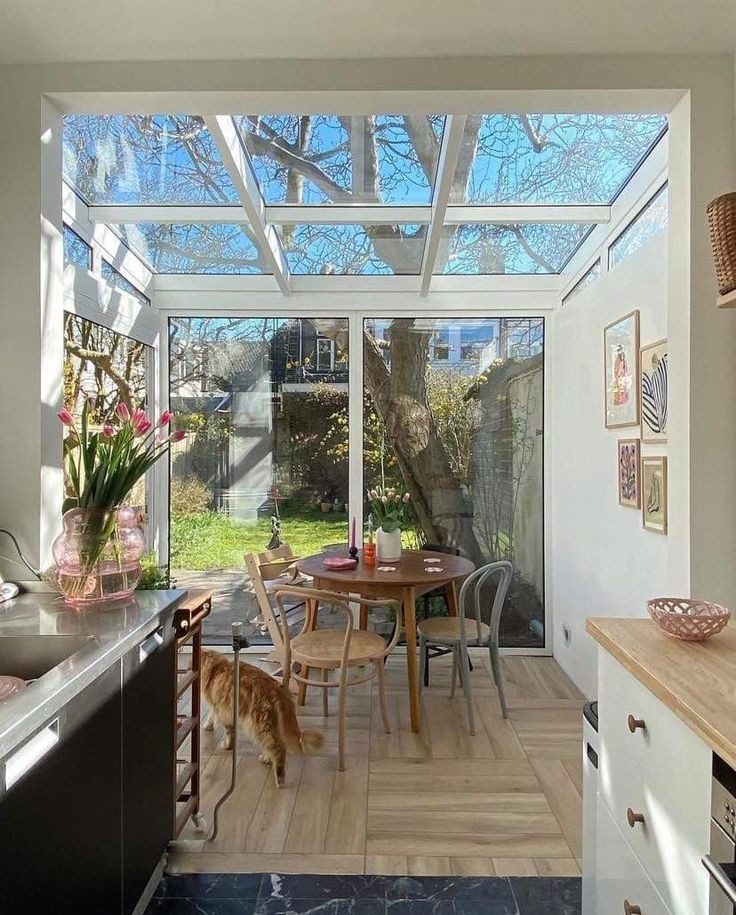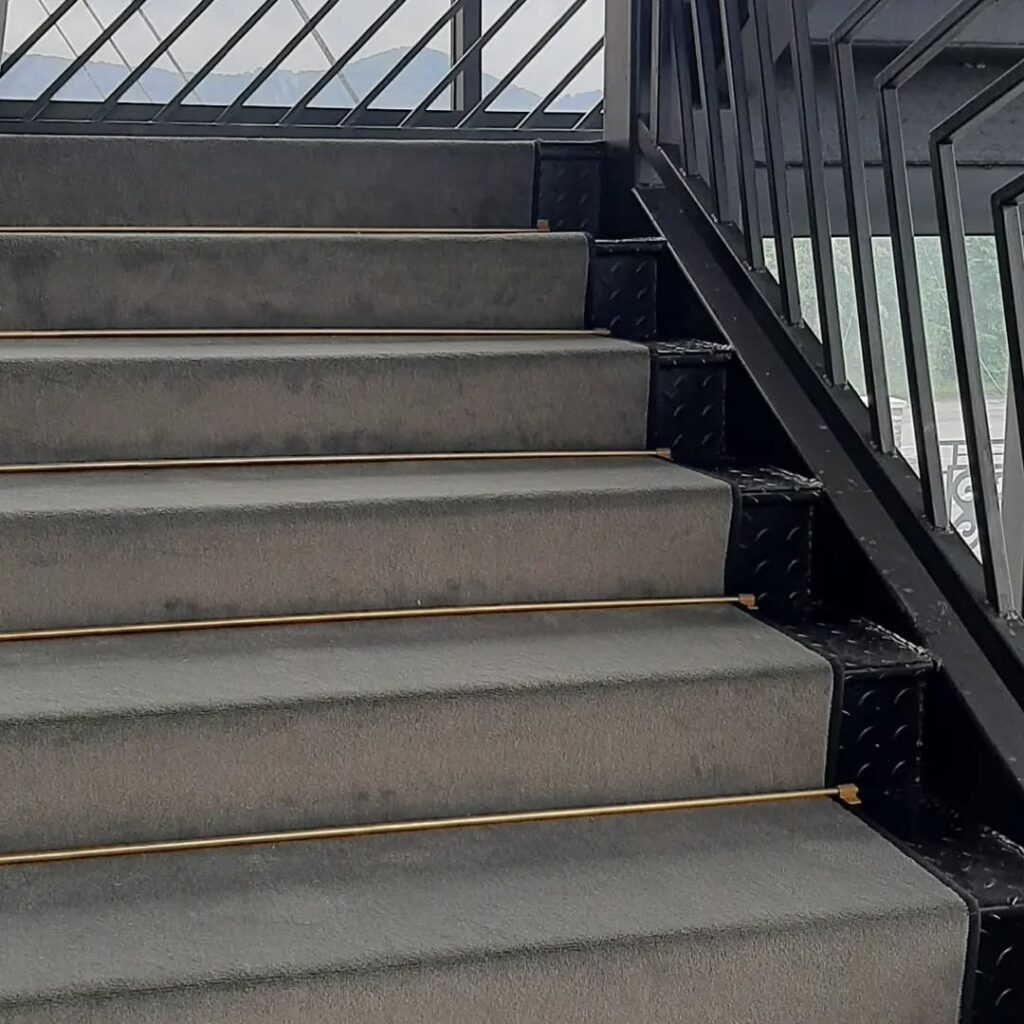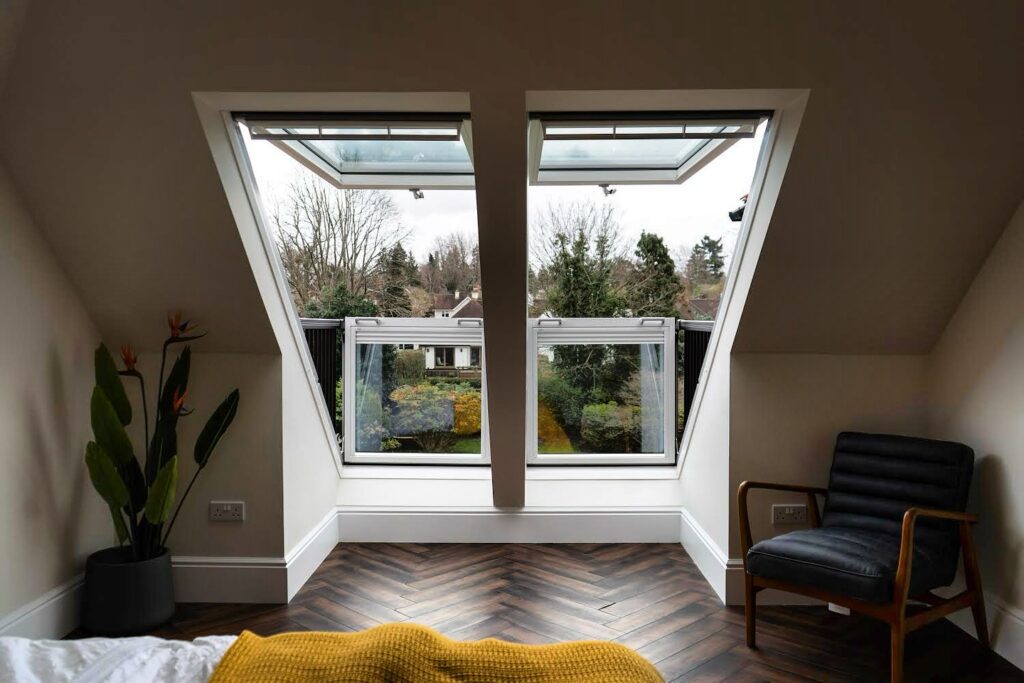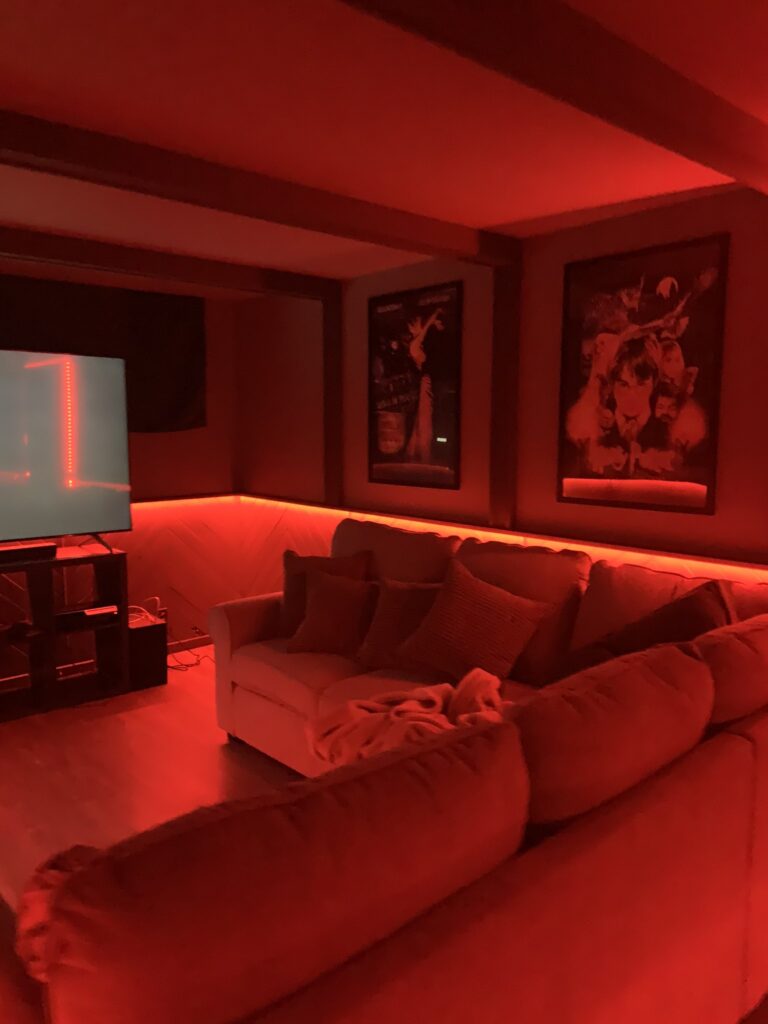Renovating your home can be exciting. You might dream of a fancy kitchen, a backyard pool, or a cozy sunroom. But not every project will make your home worth more when you sell it. In 2025, buyers want homes that are practical, easy to maintain, and appealing to many people. Some improvements, even if they look amazing, can cost you a lot without adding value. Using insights from experts, recent data, and sources like Angi, Bankrate, and Ideal Home, this article covers eight home improvements to avoid if you want to protect your home’s resale value. We’ll also share better options and a tips chart to help you make smart choices. Whether you’re planning to sell soon or just want to avoid wasting money, this guide is for you. Let’s dive in!
Why Some Home Improvements Don’t Boost Value
Before we look at specific projects, let’s talk about why some renovations don’t pay off. In 2025, the housing market is driven by buyers who want homes that are ready to move into, affordable to maintain, and flexible for their needs. Angi’s 2024 State of Home Spending report shows that Americans spent an average of $9,322 on home improvements last year, but only certain projects get a good return on investment (ROI). Renovations that are too expensive, too personal, or only appeal to a small group often disappoint at resale.
For example, a unique feature like a custom game room might be fun for you but not for a buyer who needs a bedroom. High-maintenance projects, like a pool, can scare off buyers worried about upkeep costs. Over-improving is another trap—if you spend $80,000 on upgrades in a neighborhood where homes sell for $250,000, buyers won’t pay extra to cover your costs. Local trends also matter. A sunroom might be nice in a sunny area but less desirable in a cold climate. The National Association of Realtors’ 2024 Remodeling Impact Report confirms that even popular projects rarely recover their full cost. With this in mind, here are eight home improvements to skip in 2025.
1. Swimming Pools
A swimming pool might seem like a backyard dream, but it’s a risky investment. Installing an in-ground pool costs $30,000 to $100,000, depending on size, materials, and extras like lighting or a heater. Angi says pools only return 7% to 8% of their cost. So, a $60,000 pool might add just $4,200 to $4,800 to your home’s value.


Why don’t pools add value? They’re expensive to maintain, with annual costs of $500 to $4,000 for cleaning, chemicals, and repairs. Families with young kids often see pools as safety risks—drowning is a top concern for children under 5, according to the CDC. In colder areas, pools are usable only a few months a year, making them less appealing. Buyers may also factor in the $5,000 to $15,000 cost of removing a pool if they don’t want it. Even in warm climates, pools don’t always justify their cost, as buyers prefer low-maintenance outdoor spaces.
What to Do Instead: Build a deck or patio, which costs $4,000 to $20,000 and offers a 45% to 55% ROI, per Bankrate. These spaces are versatile for barbecues, relaxing, or entertaining. Adding a fire pit ($300 to $1,500) or basic landscaping, like planting low-maintenance shrubs, boosts curb appeal without the hassle of a pool.
2. Fancy Kitchen Upgrades
A stunning kitchen feels like a smart upgrade, but going all-out can hurt more than it helps. A high-end kitchen remodel with custom cabinets, imported stone countertops, or a $12,000 chef’s stove can cost $80,000 to $150,000. Bankrate reports these projects return only about 33% of their cost. A $120,000 remodel might add just $40,000 to your home’s value.


Buyers often don’t appreciate ultra-luxury features. A high-end range or built-in wine cooler might not match their cooking habits or style. Unique designs, like bright red cabinets or a mosaic backsplash, can feel too personal, making the kitchen less appealing. Expensive appliances also lose value fast, and buyers may not care about brands like Wolf or Miele. In competitive markets, buyers want kitchens that are functional and neutral, not ones they need to redo.
What to Do Instead: Go for a minor kitchen update, costing $4,000 to $18,000, with an 85% ROI. Swap out old countertops for affordable quartz, repaint cabinets in a neutral color like white or gray, or add new handles. Energy-efficient appliances, like a $1,200 ENERGY STAR dishwasher, save on utility bills and attract buyers. These changes keep the kitchen fresh and widely appealing.
3. Sunrooms
A sunroom seems like a bright, cozy addition, but it’s a costly project with low returns. A basic sunroom costs $5,500 to $20,000, while a four-season model with heating and cooling can hit $80,000 to $120,000. Angi estimates sunrooms recoup only 30% to 50% of their cost, so a $40,000 sunroom might add just $12,000 to $20,000 in value.


Many buyers see sunrooms as impractical. They require significant energy to stay comfortable year-round, raising utility bills. Maintenance is another issue—leaks, mold, or fading furniture can make sunrooms a headache. In smaller homes, buyers prefer functional spaces like bedrooms or offices over a sunroom they might rarely use. Even in sunny areas, sunrooms don’t always justify their cost compared to simpler outdoor options.
What to Do Instead: Create an outdoor living area with a deck or patio, costing $4,000 to $15,000, which appeals to buyers for entertaining or relaxing. For more light indoors, install larger windows ($300 to $1,200 each) or a skylight ($1,000 to $2,500). These options brighten your home without the high cost or upkeep of a sunroom.
4. Wall-to-Wall Carpeting
Adding wall-to-wall carpeting might feel warm and cozy, but it’s unlikely to increase your home’s value. Carpeting a home costs $1,000 to $3,000, depending on the size and material. House Sales Direct says carpeting, especially in bold colors or patterns, rarely adds value. Many buyers prefer hardwood, laminate, or tile for their durability and modern look.


Carpets wear out quickly, stain easily, and trap allergens, making them less desirable for buyers with pets or allergies. Replacing carpet costs $2,000 to $5,000, and buyers may factor this into their offer. Dated or unique carpet choices, like bright green or shaggy textures, can make your home feel old-fashioned. In 2025, buyers want flooring that’s easy to clean and fits a variety of styles.
What to Do Instead: Refinish hardwood floors, which costs $3,400 on average and offers a 147% ROI, per the National Association of Realtors. If hardwood isn’t an option, install laminate ($1,500 to $4,000) or luxury vinyl plank flooring ($2,000 to $6,000). They have a wood-like appearance, are affordable, and buyers prefer them.
5. Bedroom Conversions
Converting a bedroom into a home office, gym, or craft room might work for you, but it can lower your home’s value. Bedrooms are a big selling point, especially for families, and reducing the bedroom count makes your home less practical. Ideal Home notes that bedroom conversions are a common mistake that hurts resale appeal. Even a nice conversion, like a home office with built-in shelves, might not impress buyers who need extra sleeping space.


Converting a bedroom costs $2,000 to $10,000 for flooring, paint, and furniture, but the real loss is in resale value. A three-bedroom home is often worth 10% to 15% more than a two-bedroom home in the same area, per Zillow. Buyers may also hesitate if the conversion feels hard to undo, requiring them to spend money to restore the room.
What to Do Instead: Keep bedrooms as they are and create flexible spaces. Add a desk to a bedroom for a home office that can easily become a sleeping area again. Use modular furniture, like a fold-out bed or portable shelving, to make rooms multi-purpose without losing their bedroom status.
6. Excessive Wallpaper
Wallpaper is trendy, with bold patterns popping up on social media. But covering every room or choosing very personal designs can backfire. Wallpapering a room costs $800 to $1,200, but WTOP News says it adds little value if buyers plan to remove it. Sloppy or outdated wallpaper can also make your home look less polished, leading to lower offers.


Removing wallpaper costs $500 to $1,000, and buyers may see it as extra work. Unique patterns, like tropical prints or loud geometrics, might not match their taste, making rooms feel less neutral. Buyers in 2025 prefer homes that don’t need immediate cosmetic fixes, especially in competitive markets.
What to Do Instead: Paint walls in neutral colors like white, beige, or light gray, costing $966 to $3,087 for a few rooms. Paint makes spaces feel clean and ready to move into. If you want wallpaper, use it on one accent wall with a subtle pattern to add style without overwhelming buyers.
7. Home Cinema or Media Room
A home cinema with surround sound, a projector, and custom seating sounds fun, but it’s a niche upgrade that rarely adds value. Building a media room costs $10,000 to $50,000, depending on the setup. Ideal Home says home cinemas don’t boost resale value because most buyers see them as spaces that need redesigning for everyday use, like a family room or play area.


Technology also moves fast—a top-notch system today might be outdated in a few years, reducing its appeal. Buyers may worry about the cost of maintaining or replacing equipment. In smaller homes, dedicating a whole room to a cinema feels like a waste of space when buyers want flexibility.
What to Do Instead: Set up a versatile living area with a smart TV ($300 to $1,000) and neutral decor. This lets buyers use the space as a family room, game room, or entertainment area. Add dimmable lights or blackout curtains for a theater vibe without the high cost or permanence of a full cinema.
8. Highly Personalized Renovations
Upgrades that reflect your unique style—like a home recording studio, a giant closet for collectibles, or a room with bright purple walls—can make your home less appealing. Seattle Credit Union warns that personalized renovations often lower resale value. These projects, costing $5,000 to $50,000, cater to your needs but may feel like a burden to buyers who don’t share your interests.


For example, a yoga studio with mirrored walls and custom lighting might not appeal to a family needing a guest room. Quirky choices, like themed fixtures or bold paint colors, can make your home stand out in a bad way. Buyers prefer homes that are easy to change to their liking.
What to Do Instead: Choose universal upgrades that work for most people. Install energy-efficient windows ($8,000 to $15,000 for an 80% ROI), update lighting with modern fixtures ($500 to $2,000), or improve landscaping with low-maintenance plants (5% to 15% value increase). These enhance your home without limiting its appeal.
Tips Chart: Smart Renovation Strategies
Here’s a chart with practical tips to help you choose home improvements that add value in 2025.
| Tip | Why It Works | Estimated Cost | Potential ROI |
|---|---|---|---|
| Choose Neutral Designs | Neutral colors and classic styles make your home feel move-in ready for many buyers. | $966–$3,087 (paint) | 50%–100% |
| Boost Curb Appeal | A new front door or fresh landscaping makes a strong first impression. | $1,000–$4,513 (door) | Up to 194% |
| Focus on Energy Efficiency | Energy-efficient windows or HVAC upgrades save on bills and attract eco-conscious buyers. | $8,000–$15,000 (windows) | 80%–103% |
| Talk to a Realtor | Local agents know what buyers in your area want, helping you avoid low-value projects. | Free–$500 (consultation) | N/A |
| Keep Costs Low | Minor updates, like a bathroom refresh, often have better ROIs than big remodels. | $4,000–$18,000 (bathroom) | 87.7%–93.5% |
| Don’t Over-Improve | Match upgrades to your neighborhood’s price range to stay competitive. | Varies | N/A |
| Create Flexible Spaces | Multi-purpose rooms, like a bedroom with a desk, keep your home practical for buyers. | $500–$2,000 (furniture) | 50%–100% |
| Maintain Regularly | Fixing leaks or repainting prevents bigger repairs and keeps your home market-ready. | $500–$5,000 | 50%–100% |
The Bigger Picture
In 2025, the home improvements that don’t add value tend to be expensive, high-maintenance, or too specific. Swimming pools, fancy kitchen upgrades, sunrooms, carpeting, bedroom conversions, excessive wallpaper, home cinemas, and personalized renovations fail to impress buyers because they limit appeal or require extra work to change. On the other hand, projects that prioritize functionality, energy savings, and broad marketability—like minor kitchen updates, hardwood floors, or a new front door—offer better returns.
Market trends also play a role. Forbes’ 2025 housing outlook predicts higher interest rates and inflation, making buyers more careful with their budgets. They favor homes that don’t need immediate fixes. Energy costs are a growing concern, with 68% of buyers valuing energy-efficient features, per a 2024 Redfin survey. Local factors matter too—a pool might add some value in Arizona but not in Maine. Checking with a local realtor or appraiser before renovating can help you focus on what buyers in your area want.
How to Make Smart Renovation Choices
If you’re planning home improvements, follow these steps to avoid low-value projects:
- Define Your Purpose: Are you renovating to enjoy your home or to sell it? If selling, focus on high-ROI projects.
- Check Your Market: Look at recent home sales in your area to see what features are popular. Tools like Zillow or Redfin can help.
- Get Expert Advice: Talk to a real estate agent or appraiser about local buyer preferences. Many offer free or low-cost consultations.
- Estimate Costs and ROI: Use resources like Angi or Remodeling Magazine’s Cost vs. Value Report to compare project costs and returns.
- Start Small: Begin with affordable upgrades like painting or new lighting. These are easy to adjust if trends shift.
- Think Timeless: Choose durable, classic materials that won’t look dated in a few years. Avoid trendy designs that may fade.
In The End
Home improvements can make your house nicer to live in, but they might not add much to its price. In 2025, avoid these if you want to keep your home’s value: swimming pools, expensive kitchen changes, sunrooms, full carpeting, turning bedrooms into other spaces, too much wallpaper, movie rooms, and very custom upgrades. These tend to cost more than they’re worth when you sell. Instead, focus on simple, universal upgrades like fresh paint, energy-efficient windows, or a new front door. These projects improve your home’s look and functionality while appealing to a wide range of buyers.
Before you start any project, research its ROI and think about your local market. A little planning can save you thousands and make your home more attractive to buyers. Whether you’re staying put or preparing to sell, smart renovations will keep your home valuable and welcoming. What project are you considering? Check its value first, and you’ll make a choice you won’t regret!

